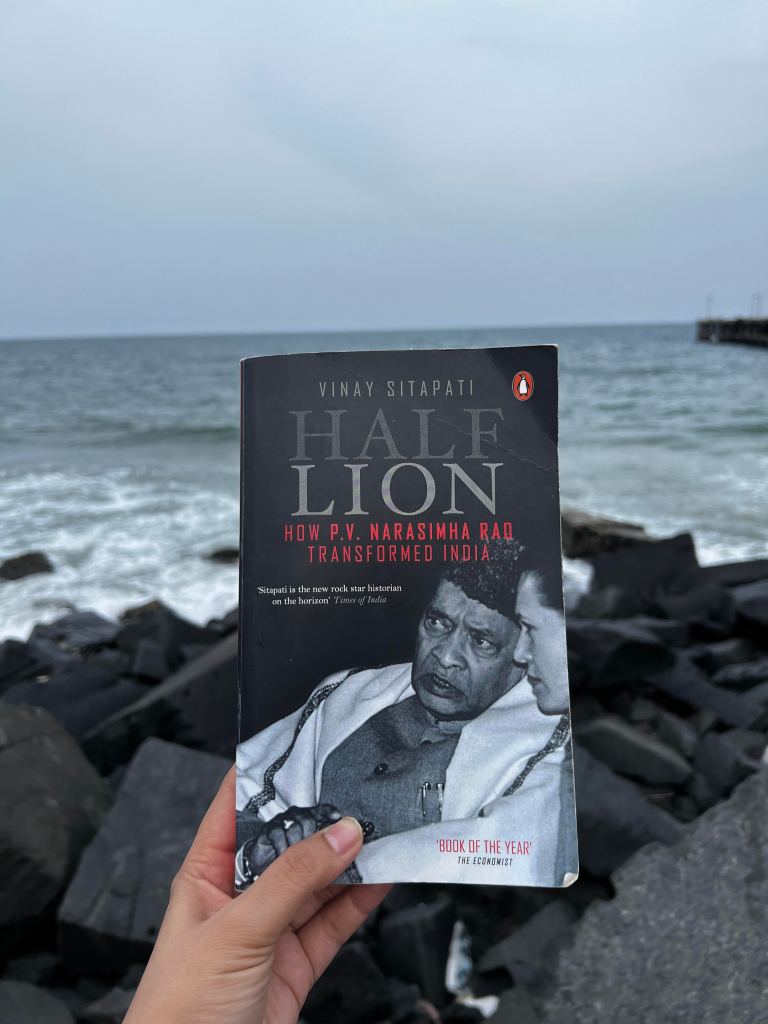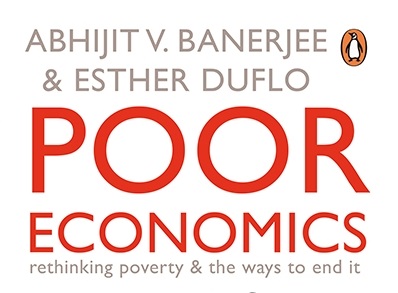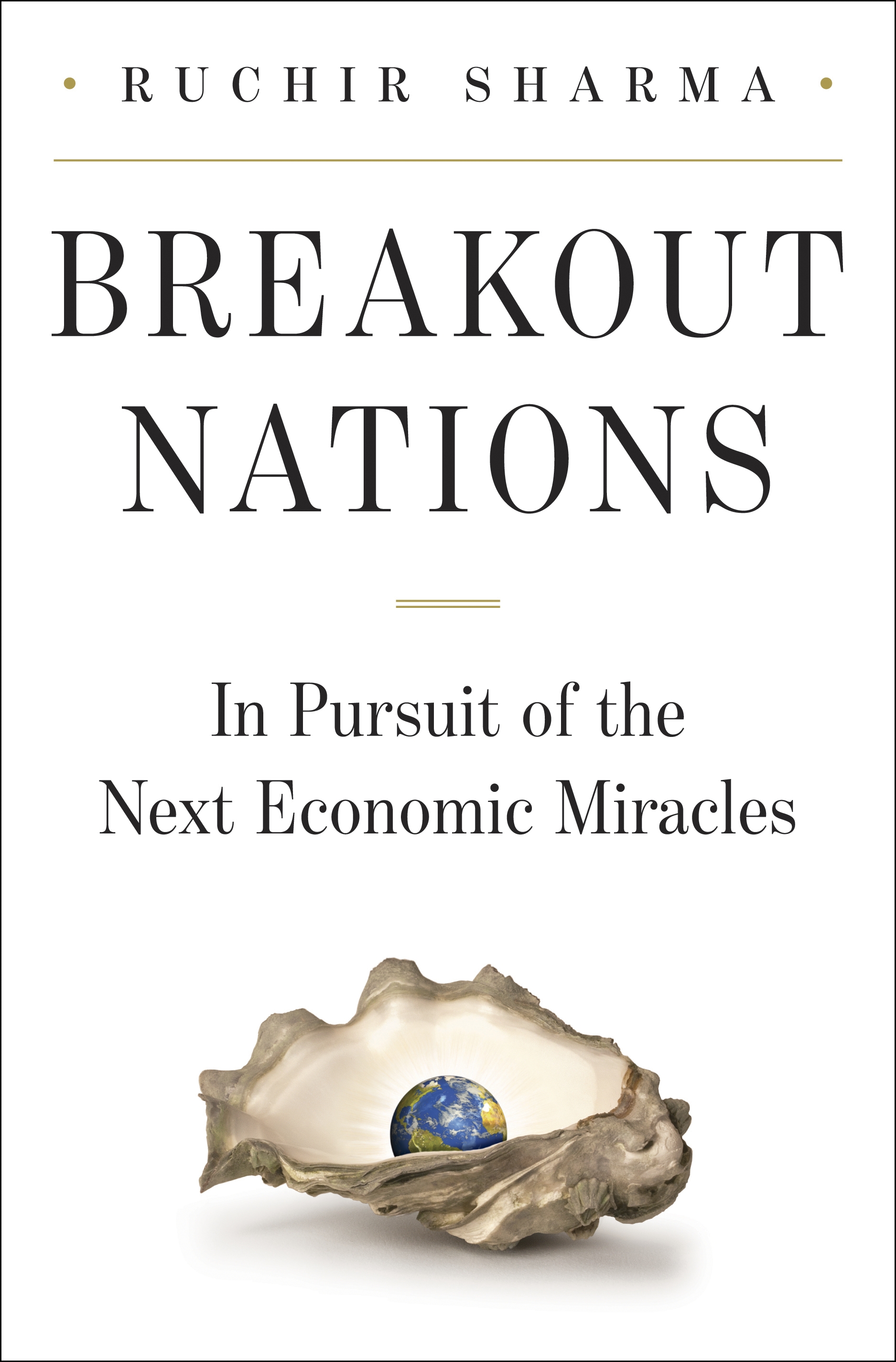
A prince….must imitate the fox and the lion. For the lion cannot protect himself from traps and the fox can not defend himself from wolves. One must therefore be a fox to recognise traps, and a lion to frighten wolves.” –Niccolo Machiavelli, The Prince, circa 1513 AD
“If Jawaharlal Nehru discovered India, it can reasonably be said that P. V. Narasimha Rao reinvented it”.
Kapil Komireddi
It’s early morning in this sleepy village of UP. My hometown. Animals and human beings both are awake. Handpumps are surrounded by children and adults. Women of the house are hustling in the rasoi. Meals are being prepared. The smell of boiling rice has taken the whole house in her custody. Buffaloes and cows are waiting for their breakfast meal. The house is being cleaned and smeared with cow dung. One corner of the house is filled with this stoic silence. It is called ‘Dalan‘ where this old person is sitting on a cot wearing this bedag white kurta and dhoti. Black Ainak sitting on his nose like his old friend. Nothing can disturb him at this time. “Even pralaya can’t move you at this time”, a voice looms from the aangan. One kid fills the lota with water and runs towards the Dalan. She sees an old person holding Akhbar in his hand. A school headmaster whose day starts with reading newspapers.
And this old person was my Dadaji who influenced me to have a long-lasting relationship with newspapers. Newspaper reading and political discussion have always been part of Indian culture. Memorising the names of our political leaders and Bollywood actors mentioned in various newspapers was my favorite pastime. It is for this reason that I remember the name of P. V. Narasimha Rao. He was the first South Indian Prime Minister of India. We had a competition among our childhood friends to memorize the complete spelling of his name. I used to say his name out loud to my classmates and colony friends proudly. In those days, I had no idea he would change the course of Indian history.
Half Lion: How P.V. Narasimha Rao Transformed India
Vinay Sitapath’s well-researched book, “Half Lion: How P.V. Narasimha Rao Transformed India,” tells the story of P.V. Narasimha Rao from a small village to New Delhi-the ultimate power center of India. The author narrates a balanced account of P. V. Narasimha Rao who was a tragic figure and one of the most misunderstood leaders of India despite his various achievements. The author humanises the story of Rao to showcase that he was after all a human being who was a creature of his circumstances.
The author Vinay Sitapati is a political scientist who has worked as a journalist with the Indian Express. He is a lawyer by education. Interestingly, the subject of this book was also a lawyer by education. The book traces the journey of P. V. Narasimha Rao from his humble background starting from Vangara village located in Karimnagar district of then the State of Andhra Pradesh to become one of the most decisive Prime Ministers of India. The book dealt with the background happenings of the politics of that time. It gives a glimpse into the lives of politicians. What kind of stress and tension do they have to endure? How difficult is it to take everyone along? How difficult is it to bring everyone on the same page with respect to any policy issues? How did the political constraints shape the political reforms? How do interest groups create hurdles in implementing big bang reforms in the country? How does political management play such an active role in implementing policies?
Reading this book was not only a pleasant experience but also an eye-opener. People generally don’t know about him because he was not a popular leader either among his party cadres or among the public. This is one Prime Minister of India, many people don’t even remember who had the political will and conviction to usher into the 1991 Economic Reforms that brought millions of Indians out of poverty.
The book answers many fundamental questions relevant to Indian politics with respect to the role of P. V. Narasimha Rao. What was Rao’s role in the liberalisation reforms? Have they transformed India for the better, or have they made the poor worse off? Why was he selected as prime minister? Did he secretly want the Babri mosque demolished? Why did Sonia Gandhi and Narasimha Rao fall out? How did he survive a hostile Parliament and party to last a full term in office? Are the corruption charges against him true? And is Narasimha Rao India’s most transformational leader since Jawaharlal Nehru? According to the author of this book, the central idea of this book is to understand how prime minister Narasimha Rao achieved so much despite having so little power.
This book made me not only respect and admire P. V. Narsimha Rao but also like him as a person. Even after being a politician, he was not at all pretentious.
Architect of Modern India
P. V. Narasimha Rao was a grassroots leader who rose to become the Prime Minister of India. He was instrumental in implementing the idea of economic liberalisation, reforming the Indian economy, opening India’s foreign policy, achieving nuclear deterrence, and most importantly running a minority government when he didn’t have the support of his party, lacked charisma and popular support as well.
When Rao became the Prime Minister, India as a country was standing at a crossroads. The Soviet Union collapsed. The country is reeling under a severe Balance of Payment crisis. Separatist violence against the States of Punjab, Kashmir, and Assam was threatening the integrity of India. He took it as a challenge and transformed India. Despite running a minority government, he not only completed a full five-year term but also successfully took India on a path of success. He was a true problem solver. Even during his stint as a Chief Minister of Andhra Pradesh, he proactively implemented a land reform policy.
His push for economic reforms leading to the opening of the Indian economy has borne fruit for the country. His legacy is seen in terms of increasing per capita income, mobile phones in every hand, and also India’s success in terms of pulling millions out of poverty by implementing welfare schemes. Today, if we are able to use mobile phones, we should thank Rao. He addressed the separatist movement in Punjab, Kashmir, and North East. Due to the successful implementation of economic reforms, he could push for policies that led to the realization of the ‘welfare state’ in the country.
This book not only shows the highs and the lows of his life and how he was like one of us. A normal human being who was affected by harsh criticism. The best thing about him was that he used to maintain a diary where he used to write everything whatever he felt. Fortunately, the writer of the book has had access to these writings which show what he was thinking? How things were affecting him? What was going through his mind when he was faced with difficult situations?
Transformation in his ideologies from being a staunch socialist to a leader who not only wholeheartedly accepted the idea of liberalisation but also implemented it at a national level itself shows his openness and forward-looking nature.
Sidelining of P V Narasimha Rao by the Indian National Congress
His own party i.e. Indian National Congress (INC) disowned him due to various reasons. He was blamed and victimised for many things that he publicly said he has not done. His achievements as a Congress leader and Prime Minister were erased. He was blamed for allowing Sikhs to be killed in Delhi during the Anti-Sikh Riots in 1984. He was criticized for letting Union Carbide chairman Warren Anderson escape India after the Bhopal Gas leak. Finally, everyone thought that he played a secret role in the demolition of Babri Masjid. Left-wing parties, intellectuals, and Marxists blame him for pro-rich policies and bringing untold miseries to the people of India.
His actions or inactions during the 1984 Sikh riots and 1992 Babri-Masjid demolition were questionable. His personal notes and letters provide justifications for his inactions for both the tragic events of India’s history. He surrendered his authority to the Prime Minister’s Office during the Anti-Sikh riots which are unforgivable. He had too much confidence in his ability to negotiate with Hindutva leaders including the organisations like VHP and BJP. According to the author, it was his indecisiveness and poor judgment of Rao that paralysed him not dismissing the Kalyan Singh government and imposing the President’s rule in the State of UP. In fact, he was more focused on saving his own minority government rather than imposing President’s rule on UP.
He was a contested figure who displayed huge contradictions in his actions. However, his contributions as a leader who stood behind a team who implemented economic reforms is a commendable feat when he didn’t have any support from his party and the people. He was a Philosopher king, a lion, and a fox depending on the circumstances and demands of the time. In fact, “Rao was a tragic figure, remembered for so much that went wrong, but not for so much that went right”, adds Salman Khurshid, a veteran Congress leader.
P. V. Narasimha Rao: the best Congress Prime Minister of India?
Which is more important: institutions or individuals in deciding the trajectory of any India. Some theories give importance to institutions and some give it to individuals. Institutions play an important role in shaping the destiny of any country, argues Daron Acemoglu and James A Robinson in his book, “Why Nations Fail: The Origins of Power, Prosperity, and Poverty”. According to them, political and economic institutions are interlinked in a country and that leads to poverty and prosperity based on the nature of these institutions. But then the question comes: who set up and ran these institutions? Individuals right. And Ruchir Sharma, the author of “Breakout Nations: In Pursuit of the Next Economic Miracles” believes in that. According to him, ‘it’s not the type of the system that matters, it is the stability of the system and, even more important, whether the leaders running it understand the basics of economic reform’. And this theory fits really well with the role of P. V. Narasimha Rao who not only understood the idea of economic liberalisation but also stood like a rock behind his team who implemented the 1991 economic reforms. So Rao indeed was the architect of modern India.
However, ultimately he was a human being and had his fair share of shortcomings. The best thing about him is that he had the ability to introspect and think. It led him to become a better administrator when he took the role of Prime Minister. He learned from his mistakes during his chief ministership.
According to the author, he had the acumen to assess the situations and contradictions of India. He also could understand and assess his opponents and enemies. Accordingly, he knew when to act like a lion, fox, or mouse. That was his most important political skill. His brilliant ability to assess the political context not only in terms of role but also in terms of timing. And this quality helped him implement difficult policy decisions.
Arun Jaitley called him India’s best Congress Prime Minister and rightly so. He added that Rao showed it is possible to be a Congressman without being from the Family. Jairam Ramesh, a veteran Congress leader who worked as OSD to Rao added that he was a master tactician who knew which cards to play when.
Hindi and Urdu words used in the write-up:
- Dalan- Verandah
- Angan-Courtyard
- Bedag-Unblemished
- Ainak-Glasses
- Rasoi-Kitchen
- Lota-A small container for water generally made up of brass or steel
- Dada-Grandfather
- Pralaya-Destruction
- Akhbar-Newspaper
If you liked reading this post or gained something from it, please buy me a coffee.



